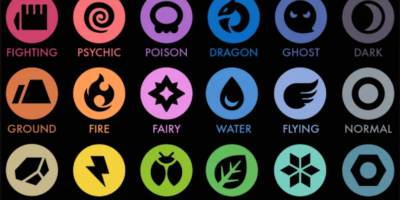Welcome back, my friends, to the table of the frugal chef. Once again, I am here to share with you a dish of superb taste made without purchase of new ingredients or measuring implements, and with total faith of its eventual success. Join me, companions, in a celebration of proteins and sugars, as we feast on the animal that has been called “the tuna of the land”.
Before we get started, I would like to take a minute to express my love of apple cider. It is, pretty much, the best liquid ever. It’s great for parties, aquatic-vehicle competitions, depression, binge drinking after (or before) exams, or snuggling with a dear one. It is also fabulous for use in the kitchen. Pretty much anywhere that wine, cooking sherry, or any other aromatic beverages are traditionally used, apple cider can be used instead. In fact, I’d argue that it is generally an improvement on the lesser beverages that I listed. Several times I’ve used wine in my cooking to make good meals, only to remake the same dish with apple cider and found myself in a foodie utopia. But anyway, if you’re too cheap to pay $5 for a 1.5 L jug from the grocery store, I’m sure orange juice, grape juice, or blueberry-flavoured Kool-Aid powder would work just as well.
But enough about the elixir that is apple cider; on to the meat of the dish—literally. Gallus gallus domesticus is a medium-sized dinosaur descended from suborder Theropoda, a group that also contains the currently-extinct tyrannosaurs. With more than 19 billion animals alive today, it is the most common domestic animal. Well known for the large amount of tender white meat and succulent eggs, this chordate is a staple around the world.
And now on to the cooking part of this cooking column. I’m sure you’re asking “how do I make a delicious meal out of the world’s most delicious beverage and most versatile protein?” Never fear! It’s quite simple. Trivial actually. That’s like asking how to generate entropy when all you have is a hot gas cylinder in a cold low-pressure environment. Answer: do pretty much anything to it. Do nothing to it, for that matter (assuming a non-adiabatic cylinder).
Begin by getting a roasting pan, oven-safe plate, lipped piece of steel, poorly made aluminum foil-bowl, or food-safe refractory-ceramic cup. Chop up onions, celery, peppers, and whatever other vegetables have been sitting at the back of your fridge but don’t look quite dodgy enough to throw out yet. Don’t chop them in the container, as it will mess up your knife; a dull knife is a deadly knife, believe it or not. Put your vegetables in the pan, spreading them around to make a flat layer of food.
Now prepare your G. g. domesticus. If you’re like me, you probably forgot that you have to cook today and didn’t defrost stuff ahead of time. So now you have a nice solid two kilogram block of dinosaur legs. My first suggestion is to try to pry some of the legs off using your knife as a not-at-all-safe crowbar. When this fails, I then suggest that you attempt to saw through the brick of meat. Did I mention that you don’t have any serrated blades in the apartment, so you’re going at it with a vegetable knife? But I digress. With this technique also evidently unsuccessful after a few minutes of sawing, I now suggest you create some more entropy by pouring boiling water onto the frozen chicken (up to 1.1 kJ/K for each kilogram of water, if you’re curious). This will thaw the chicken, allowing you to tear it into pieces with only your bare hands. (Remove your hands from the meat before pouring the boiling water.)
Put the chicken in the roasting pan. Pour apple cider (6 glugs should be good) on top. Season the red junglefowl with paprika, salt, steak spice, and whatever else you have in your cupboard. Turn on the oven to 884.67° R. Flip (n ∈ Z | n > 0) times. Consume. Goes well with tortilla wraps, naan, sweet chili sauce, and cheese.




Leave a Reply